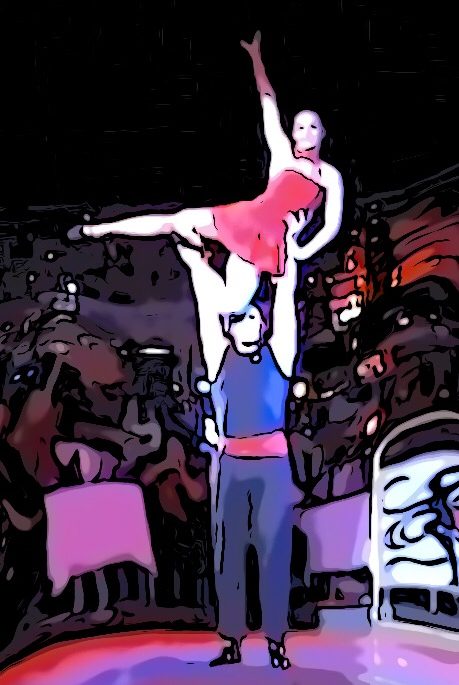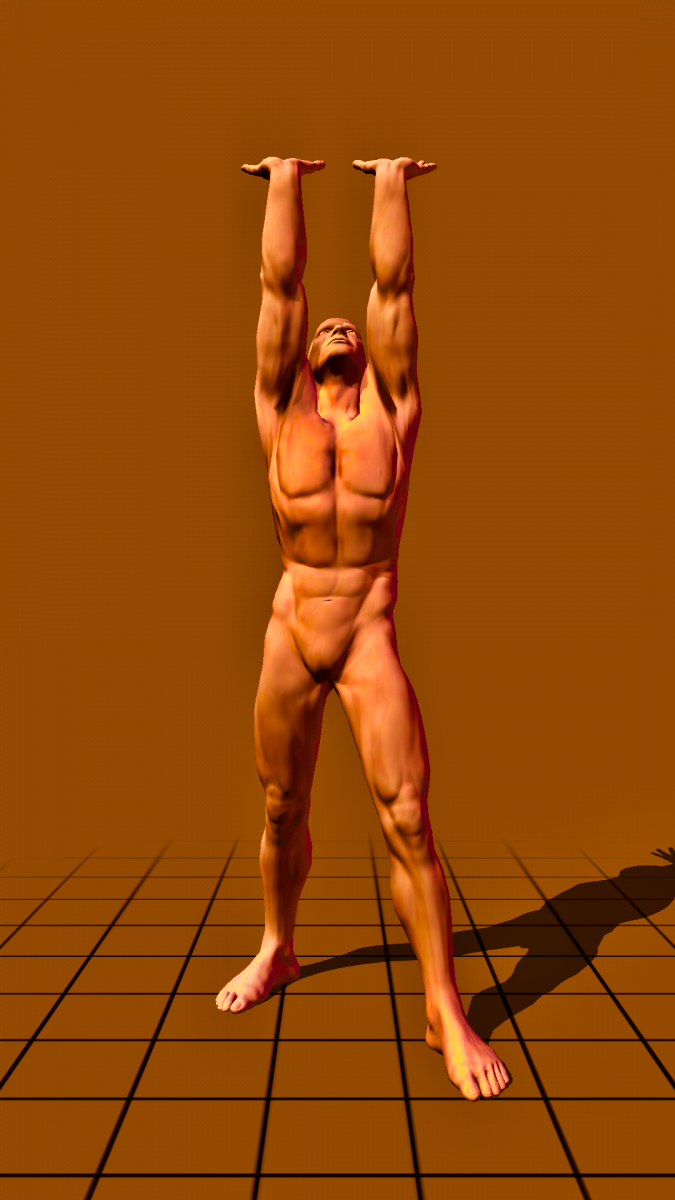The balance on the straight arms takes place exclusively over the legs. Again, the picture of balancing a huge ball is very helpful. As soon as the flyer starts to tip out of line, it creates a rotation that balances the base as fast as possible. Simply staying with your hands under the flyer’s focus is not enough!
Correcting with the shoulder or elbow inevitably leads to a bent line of force. This in turn results in either a hollow cross, or wastes a lot of power. Not to mention the lack of appeal for the audience.
The lying flyer generates relatively little shear forces, which does not necessarily require eye contact. In all other positions, the base always has eye contact along the force line. The completely open shoulder saves the base a lot of power, but the view to the flyer is very limited. So he notices a possible tilting of the flyer later, because he does not see the top end of the flyer …
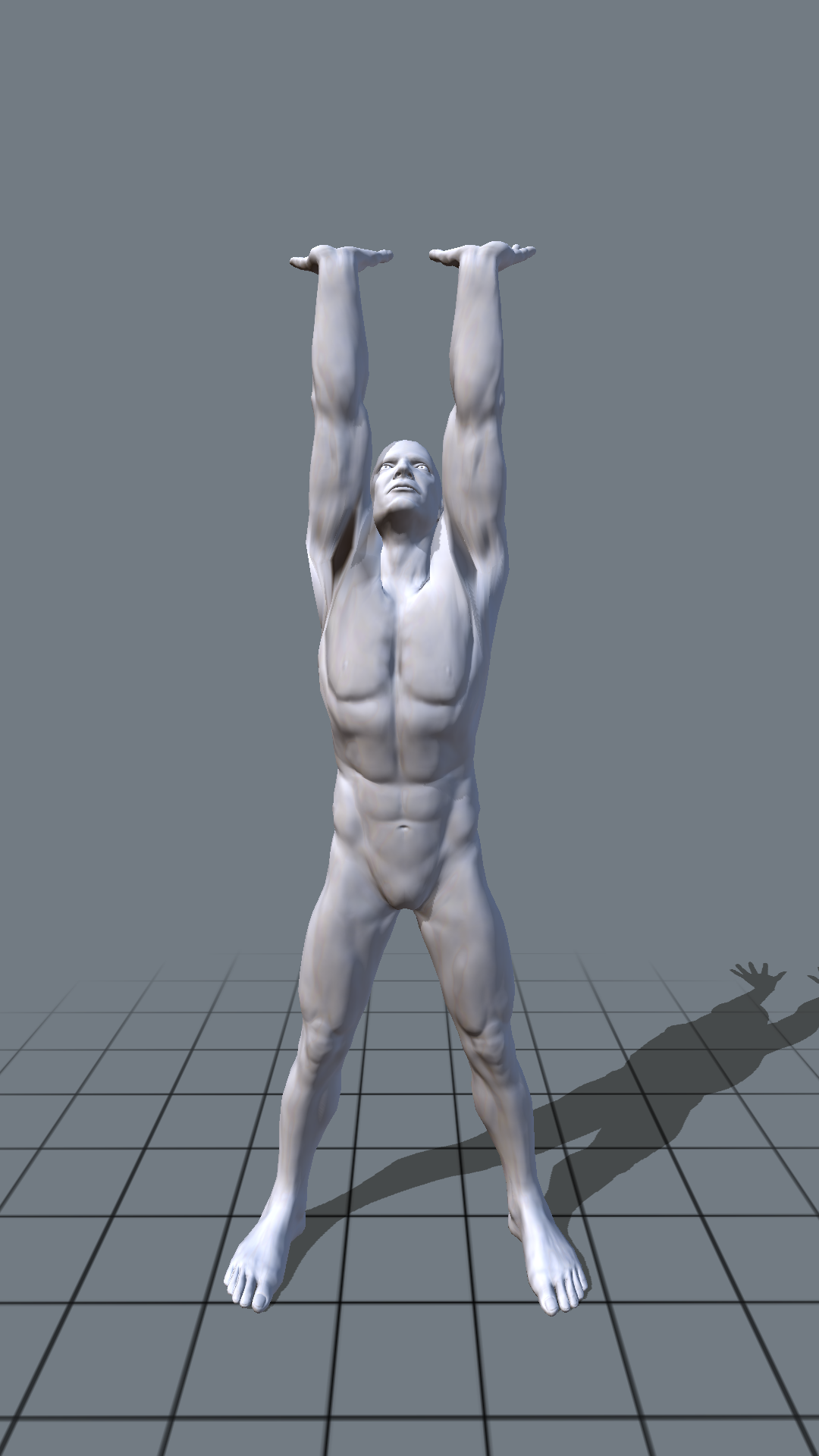
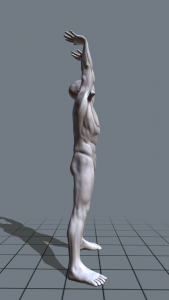
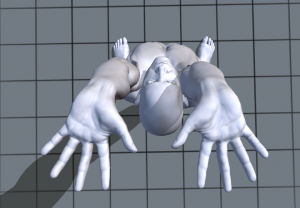
In order to avoid steps, the base can also balance in the Telemark position (comparable with the landing position of the ski jumpers). However, this results in a slight torsion in the back, which deviates significantly from the ideal line shown above. Mostly he also can not completely open the shoulder angle, which nevertheless must not lead to a hollow cross. A decisive advantage, however, is that the base can more easily maintain eye contact with the top end of the flyer …

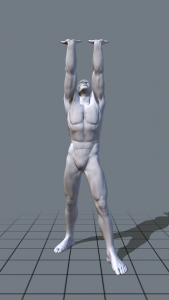
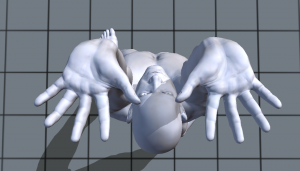
Deutsch
